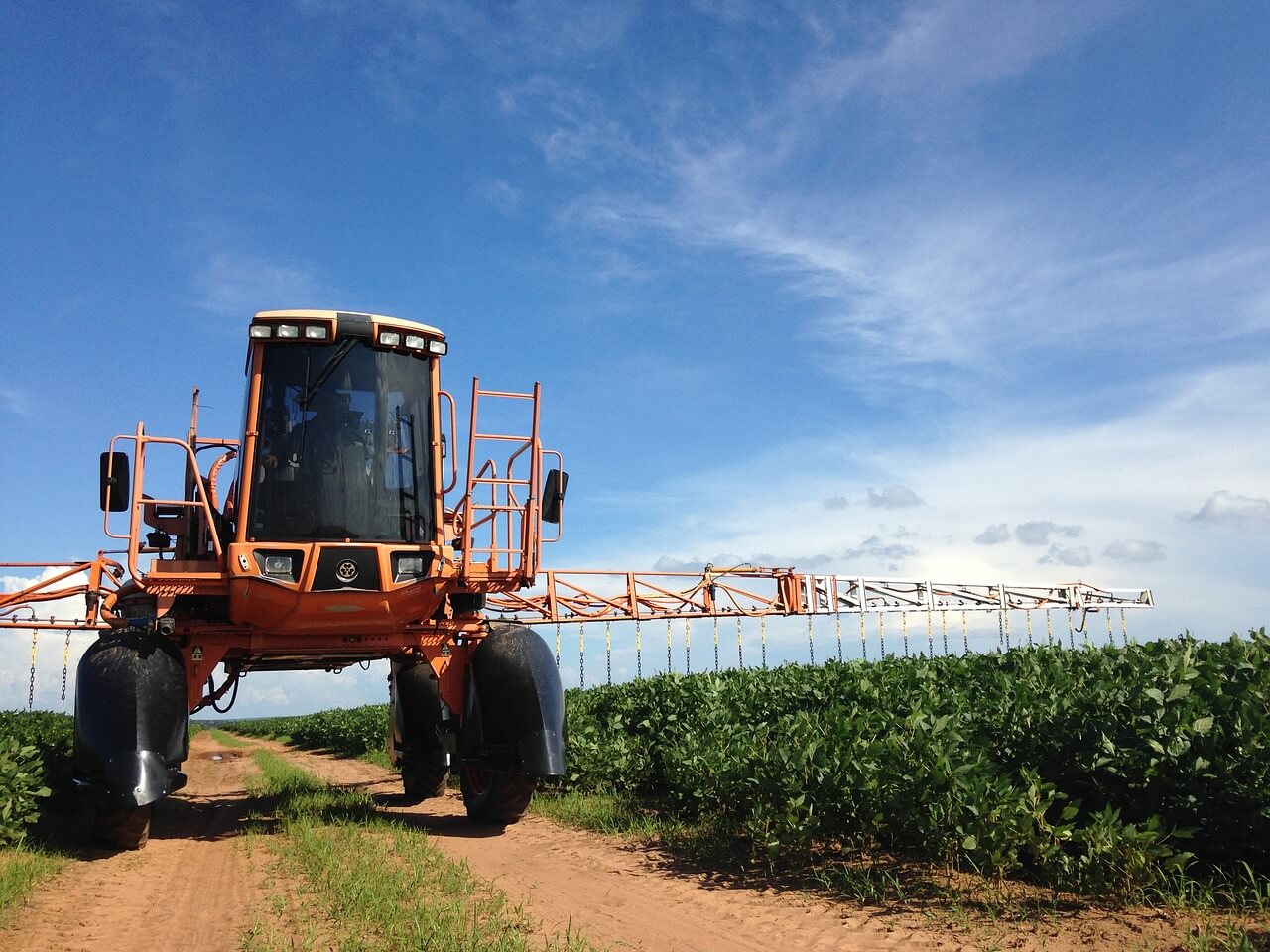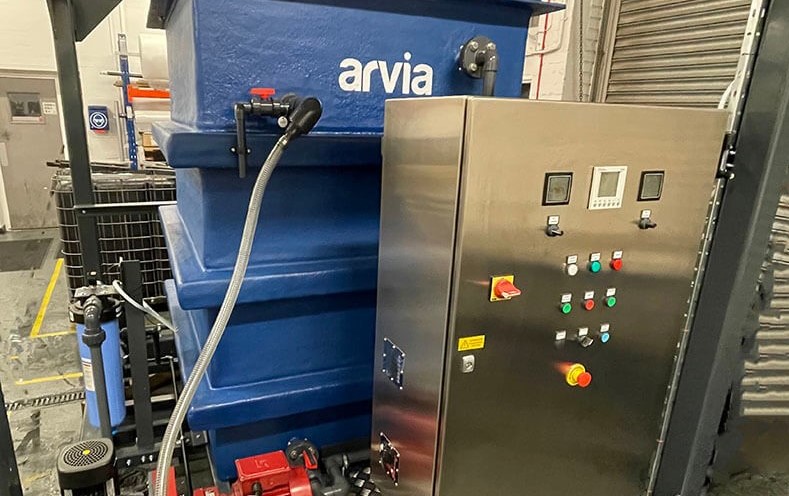In one recent trial, Arvia tested water from a raw water reservoir on the island of Jersey. For many years, one of the island’s mainstays of agriculture has been the production of Jersey New Potatoes.
Historically, Oxadixyl had been used locally to control potato blight, but it stopped being applied about 20 years ago.
However, concentrations of Oxadixyl had been found in the reservoir water at around five times over the regulatory limit of 0.1μg/l. In tests, we showed that the installation of a Nyex™ system would reduce concentrations to below regulatory limits in one pass through our systems.
Bear in mind also the tests were carried out using previous-generation Nyex™ technology. Our new generation Nyex Rosalox™ systems are smaller, more energy-efficient and more effective.


